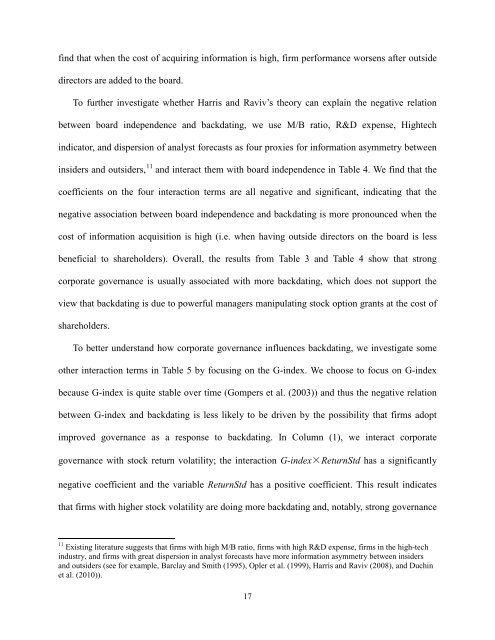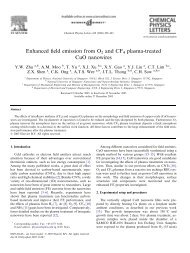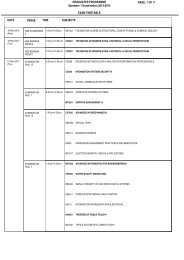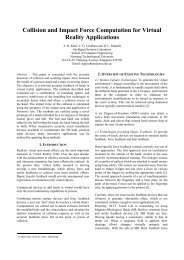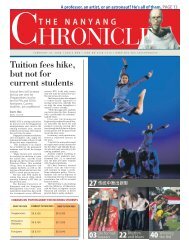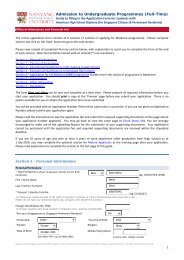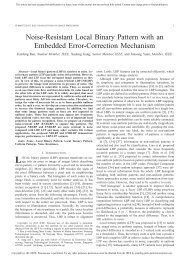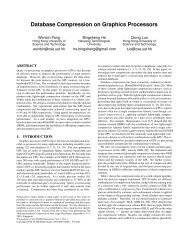Backdating Executive Option Grants - Nanyang Technological ...
Backdating Executive Option Grants - Nanyang Technological ...
Backdating Executive Option Grants - Nanyang Technological ...
Create successful ePaper yourself
Turn your PDF publications into a flip-book with our unique Google optimized e-Paper software.
find that when the cost of acquiring information is high, firm performance worsens after outsidedirectors are added to the board.To further investigate whether Harris and Raviv’s theory can explain the negative relationbetween board independence and backdating, we use M/B ratio, R&D expense, Hightechindicator, and dispersion of analyst forecasts as four proxies for information asymmetry betweeninsiders and outsiders, 11 and interact them with board independence in Table 4. We find that thecoefficients on the four interaction terms are all negative and significant, indicating that thenegative association between board independence and backdating is more pronounced when thecost of information acquisition is high (i.e. when having outside directors on the board is lessbeneficial to shareholders). Overall, the results from Table 3 and Table 4 show that strongcorporate governance is usually associated with more backdating, which does not support theview that backdating is due to powerful managers manipulating stock option grants at the cost ofshareholders.To better understand how corporate governance influences backdating, we investigate someother interaction terms in Table 5 by focusing on the G-index. We choose to focus on G-indexbecause G-index is quite stable over time (Gompers et al. (2003)) and thus the negative relationbetween G-index and backdating is less likely to be driven by the possibility that firms adoptimproved governance as a response to backdating. In Column (1), we interact corporategovernance with stock return volatility; the interaction G-index×ReturnStd has a significantlynegative coefficient and the variable ReturnStd has a positive coefficient. This result indicatesthat firms with higher stock volatility are doing more backdating and, notably, strong governance11 Existing literature suggests that firms with high M/B ratio, firms with high R&D expense, firms in the high-techindustry, and firms with great dispersion in analyst forecasts have more information asymmetry between insidersand outsiders (see for example, Barclay and Smith (1995), Opler et al. (1999), Harris and Raviv (2008), and Duchinet al. (2010)).17


